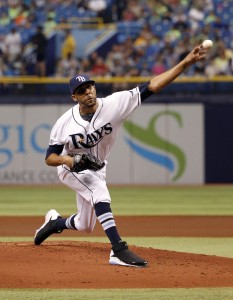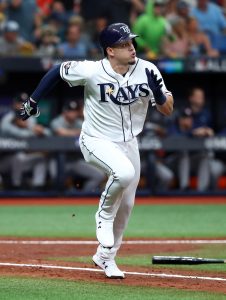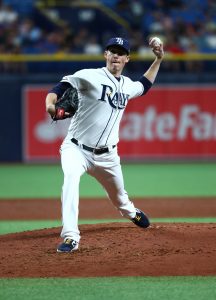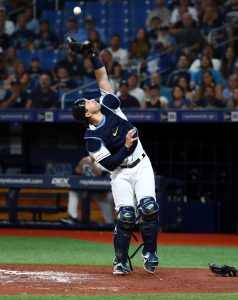There’s a spreading optimism — or, at least, a spread of reporting about optimism — regarding the return of baseball in 2020. But the pandemic shutdown has already stung MLB teams and the near-term revenue prospects remain poor, even if a television-only campaign is launched.
Unsurprisingly, even as teams prepare to refund fans for games that won’t be played as expected, we’re seeing enhanced efforts on the part of MLB organizations to cut costs. As Pirates GM Ben Cherington put it (via Jason Mackey of the Pittsburgh Post-Gazette), “revenues aren’t coming in” but “cash is still going out.”
The notoriously tight-fisted Bucs have enacted austerity policies. But sources tell Mackey that the team isn’t among those in the roughest shape financially around the game. The Pirates have stopped 401(k) contributions and suspended fellowship/internship programs while top-level leaders take reductions in pay. Cherington says “the full expectation is that [401(k)] contribution will go back into effect as soon as possible,” and emphasized that the hope was to “find some savings without too much impact on people and their everyday lives.”
None of these sorts of measures are pleasant, but Pirates employees seem to be in better stead than those of the Rays. Marc Topkin of the Tampa Bay Times reports that the low-budget Tampa Bay outfit has become the first MLB organization “to implement aggressive expense cutting moves” — in particular, furloughing some full-time employees and cutting the pay of others that earn above a certain threshold.
The Rays are covering health insurance for furloughed staff and the hope remains to bring many jobs back online. But the move reflects the stark realities of the sport in the era of COVID-19. Per Topkin, the top organizational leadership advised employees of concern that the revenue drag could continue for years to come.
Like the Rays, the Athletics have been scrimping and saving while working through difficult new-ballpark negotiations and planning. With those efforts now confronted by an entirely new sort of hurdle, and the near-term revenue outlook plummeting, the Oakland club is considering cuts of its own, according to Ken Rosenthal and Alex Coffey of The Athletic (subscription link). The A’s may actually be contemplating something rather more aggressive than what the Rays just enacted. The Athletic reports that the Oakland org is “discussing extensive layoffs” and could ultimately carry a “significantly smaller staff on both the business and baseball sides.”
Susan Slusser of the San Francisco Chronicle also examines the A’s situation. Employees say they have no idea what to expect and the team hasn’t responded to requests for comment. It remains to be seen how the situation will be handled, but with every other team in the league having already charted a path, the silence is ominous. Slusser doesn’t offer a definitive prediction, but does warn: “don’t be surprised” if major cuts occur.
These three teams may be pressed into action sooner than some peers, but the issues aren’t limited to lower-budget organizations. As Mackey writes in the above-linked post, and as we have covered in recent weeks, several other clubs have also pursued cost-reduction strategies that impact employees. And The Athletic reports that multiple teams around the league have had some level of internal discussion of major changes to their operations. At the moment, every team in baseball aside from the A’s and Rays has promised to retain full-time employees through the end of May. Hopefully, there’ll be sufficient clarity and optimism in the outlook at that point to avoid broader cuts.




